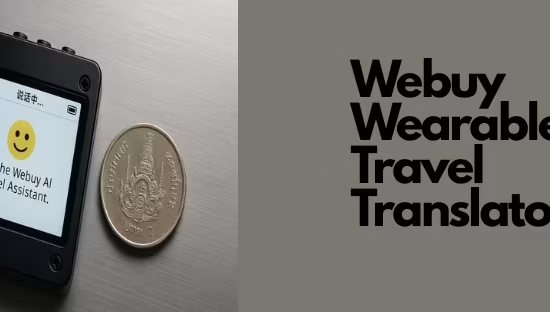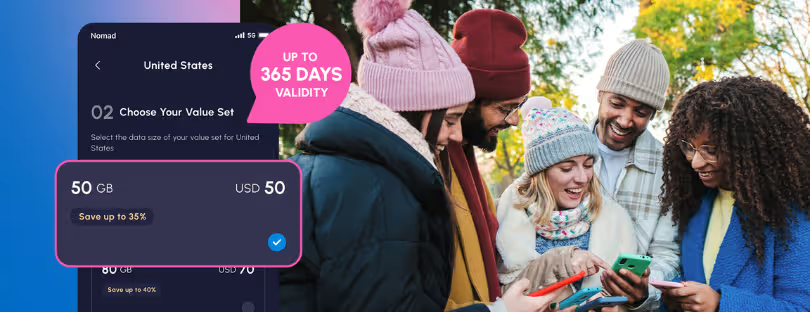
Everyone’s Selling eSIMs—But Who Actually Runs the Network?
If you’ve searched for an eSIM in the last year, you’ve probably been hit with dozens of options—Airalo, Nomad, Airhub, aloSIM, Saily, and so on. The market is exploding, and on the surface, that’s great news: more competition, better prices, and instant global connectivity with just a QR code. who owns the eSIM network
But here’s a question that rarely gets asked…
Most of these companies don’t actually own the networks they’re selling.
So who does? Who’s really behind the signal bars lighting up your phone in Bali, Berlin, or Boston? Let’s peel back the layers on this booming eSIM market—and get real about who’s powering your connection.
The Illusion of Choice?
When you visit a popular eSIM website, you’re often presented with hundreds of plans across different countries and regions. The user interface is slick, the prices seem competitive, and the pitch is simple: “Buy data in seconds, no roaming fees, no SIM card hassles.”
But what’s hidden beneath that clean UI is that many of these eSIM brands are not Mobile Network Operators (MNOs). They’re what the industry calls Mobile Virtual Network Operators (MVNOs) or, even more accurately in the eSIM world, resellers and aggregators.
Let’s break that down.
The eSIM Supply Chain, Explained
- Tier 1: Mobile Network Operators (MNOs)
These are the telecom giants that actually own the infrastructure—cell towers, satellites, submarine cables, the whole shebang. Think Vodafone, Orange, AT&T, Deutsche Telekom, etc. They have the licenses, the spectrum, and the global roaming agreements. who owns the eSIM network - Tier 2: MVNOs & Wholesalers
Companies at this level lease access to MNOs’ networks, often at bulk prices. They might brand their own mobile service, issue SIM profiles, and handle backend provisioning. Some global MVNOs operate across borders and offer eSIMs via their own platforms or APIs. - Tier 3: Aggregators & Resellers
This is where many of the eSIM brands you know fall. They use APIs from Tier 2 providers to create user-friendly platforms and apps. They don’t own the network. They don’t manage infrastructure. They just repackage access.
Who Controls the SIM Provisioning?
Even though eSIMs seem simple—scan a QR code and go—the backend is anything but.
To activate an eSIM, a profile must be securely provisioned to your device. This happens through something called a Remote SIM Provisioning (RSP) platform, which must be GSMA-certified. Only a limited number of players globally operate certified eSIM management platforms—companies like IDEMIA, G+D, Thales, and a few large MNOs.
So even if you bought your plan from, say, BrandXYZ eSIM, the actual provisioning is probably handled by one of these backend giants or through a Tier 2 intermediary.
That means your profile may have passed through three or four companies before it even hits your phone.
Why This Matters (A Lot More Than You Think)
Most users don’t care who owns the network—as long as the data works. Fair. But here’s why understanding this matters:
1. Performance Can Be a Black Box
Not all resellers are created equal. Some use direct Tier 2 partners with strong regional roaming agreements. Others are routing your data halfway across the globe through convoluted setups. If your eSIM underperforms in Tokyo or tanks in Tuscany, the reseller may have limited ability (or willingness) to fix it.
2. Customer Support Is Disconnected
Your lovely reseller app may have 24/7 chat, but when something goes wrong, they’re often relaying your issue to someone else—who then relays it to someone else. You can’t escalate easily because the actual network provider is two layers removed.
3. Transparency Is Lacking
Very few eSIM providers tell you up front which network you’ll be on or how your traffic is routed. That’s like booking a flight without knowing which airline you’re flying. Some brands do better than others, but most give you vague answers like “best local networks.”
4. Data Privacy and Regulation
When multiple parties are involved in provisioning and traffic routing, where exactly is your data going? Which laws apply? Is your usage stored? Could it be intercepted? These are not hypothetical concerns—they’re very real, especially in countries with strict data laws.
So… Who Does Own the Network?
In the majority of cases, your actual mobile signal is coming from a Tier 1 MNO, like Orange, Vodafone, T-Mobile, or China Mobile. You’re just not buying it directly.
Let’s look at a quick example:
You buy a 5GB Europe plan from ResellerX. Behind the scenes, ResellerX is using APIs from AggregatorY, who sources capacity from MVNO PartnerZ, who has roaming agreements with Orange France and Telefónica Spain.
Your data might be routed through a server in Germany, provisioned by a Thales platform, and the customer service rep helping you? They work for ResellerX—who has no direct relationship with the carrier powering your SIM.
Now imagine that happening at scale, across 200 countries and dozens of carriers. It’s a web.
What Should You Look For in an eSIM Provider?
If you want better performance, fewer headaches, and more accountability, here are a few tips:
- Check if they disclose the actual carrier(s) for your destination. Brands like Airalo, Nomad, and aloSIM sometimes list this—though not always clearly.
- Look for reviews mentioning network quality and support. Not just UI. A beautiful app doesn’t mean a stable connection.
- Favor companies that own their backend or are partnered with major MVNOs directly. It’s rare, but some are starting to build this out.
- Understand the trade-off between price and performance. Cheaper plans often use indirect, lower-priority roaming routes. That might be fine for email, but not if you’re working remotely or need fast tethering.
Who owns the eSIM network – The Bottom Line
The eSIM gold rush has opened the door to hundreds of new brands. That’s great for choice, but it’s also created a very layered, sometimes murky marketplace. If not sure what the best eSIM option is for you – check out our Best eSIM finder tool.
Ultimately, while your eSIM may come from BrandXYZ, the true “owner” of your network experience is likely buried two or three levels deep. And until the industry becomes more transparent about provisioning, routing, and carrier partners, it’s up to savvy travelers like you to ask the right questions. who owns the eSIM network
Your phone might say you’re connected to “Vodafone” or “AT&T,” but who really put you there?
That’s the question more people should be asking.
Got thoughts, frustrations, or great experiences with eSIM providers? Let’s hear them in the comments. Because the more we talk about this, the more the industry will be pushed toward openness and real reliability.
And maybe—just maybe—you’ll know who actually owns the network next time you land and turn on your data.









